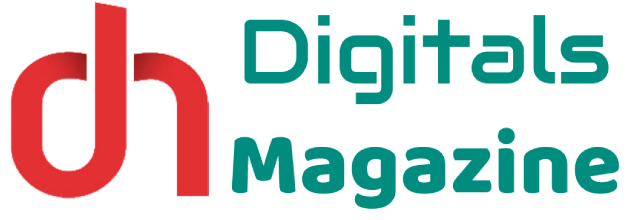Introduction
The call center industry is constantly evolving, and new technologies are being introduced to help agents handle customer inquiries in a more efficient and effective way. In this article, we’ll take a look at some of the latest trends and technologies in the call center software market, and how they can benefit your business.
What is Call Center Software?
Call center software is a type of software that is used by companies to manage their customer service. It can include features such as call routing, queue management, and communication tools.
There are several different types of call center software, including softphones, integrated solutions, and web-based solutions. Softphone solutions allow customers to make calls using their computer or phone. Integrated solutions include features from both softphone and call center software solutions, and can be more expensive than either type of solution. Web-based solutions are accessed through a website and include features such as chat and video calling.
One of the most popular features of call center software is call routing. This enables managers to assign specific calls to specific agents based on their skills and experience. Queue management is also important for call center software. This allows managers to keep track of the number of calls waiting in each queue, as well as the time remaining in each queue. Finally, communication tools are essential for call centers. These tools allow managers to communicate with customers through voice or text chat, or through email or faxes.
Types of Call Center Software
Call center software is a vital tool for businesses of all sizes. There are many different types of call center software, each with its own benefits and drawbacks. In this blog post, we’ll explore the most common types of call center software and what their advantages and disadvantages are.
Predictive Dialing Software
Predictive dialing software is a type of call center software that uses artificial intelligence (AI) to predict which customers will need help the most and route their calls accordingly. This saves time by routing calls to agents who are most likely to be able to help those customers. Predictive dialing software can also identify customer trends and make predictions about which calls will be the most successful.
Advantages: Predictive dialing software can save businesses a lot of time by routing calls appropriately. It also can identify which calls are likely to be successful and make predictions about how long they will take.
Disadvantages: Predictive dialing software may not be appropriate for every business. It may require a significant amount of investment in AI technology, so some businesses may not be able to afford it.
Advantages of Call Center Software
The call center industry is constantly evolving to keep up with the latest trends and technologies. One of the most popular trends in call center software is the use of chatbots. Chatbots are computer programs that interact with customers through a chat interface. They can answer basic questions, provide information, or take orders. They can also be customized to provide unique services to different customers.
Another trend in call center software is the use of voice recognition technology. Voice recognition allows call center operators to receive and process customer calls without having to use keyboards or other text-based input devices. This saves time and reduces errors. It’s also helpful for people with disabilities who may not be able to use a keyboard or touchscreen.
There are a variety of other features that are available in call center software, such as contact management tools, lead management tools, and transcription services. These features help call center operators to manage their contacts more efficiently and track leads and orders more effectively.
Disadvantages of Call Center Software
Call center software can be helpful in many ways, but there are also a few disadvantages to consider. Here are four of the most common:
1. Overuse: Call center software can be tempting to use more than necessary, especially if it’s easy to use. However, using too much call center software can lead to overuse and fatigue among employees, which can ultimately lead to decreased productivity and efficiency.
2. Lack of flexibility: Call center software is often very rigid and doesn’t allow for a lot of customization or flexibility. This can lead to problems such as difficulty tracking customer interactions and difficulties adapting to changing customer needs.
3. High costs: Call center software can often be expensive, which can lead to a higher overall cost of operations for businesses. Additionally, paying for call center software can often require significant upfront investments, which may not be feasible for certain businesses.
4. Complexity: Call center software can often be quite complex, which can make it difficult to understand and use. This can lead to frustration among employees and challenges in maintaining overall efficiency and performance within the call center.
Conclusion
Have you been looking for a way to improve your call center efficiency and customer service? If so, then you might want to consider investing in some of the latest call center software. There are many different options out there, so it can be difficult to make the right decision. In this article, we will outline some of the latest trends and technologies that are available on the market today. Hopefully, by doing so, we can help you find the right software for your business.

